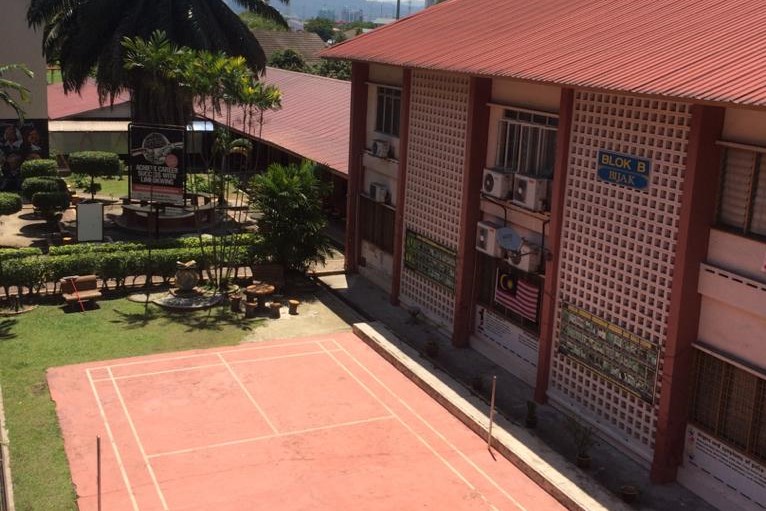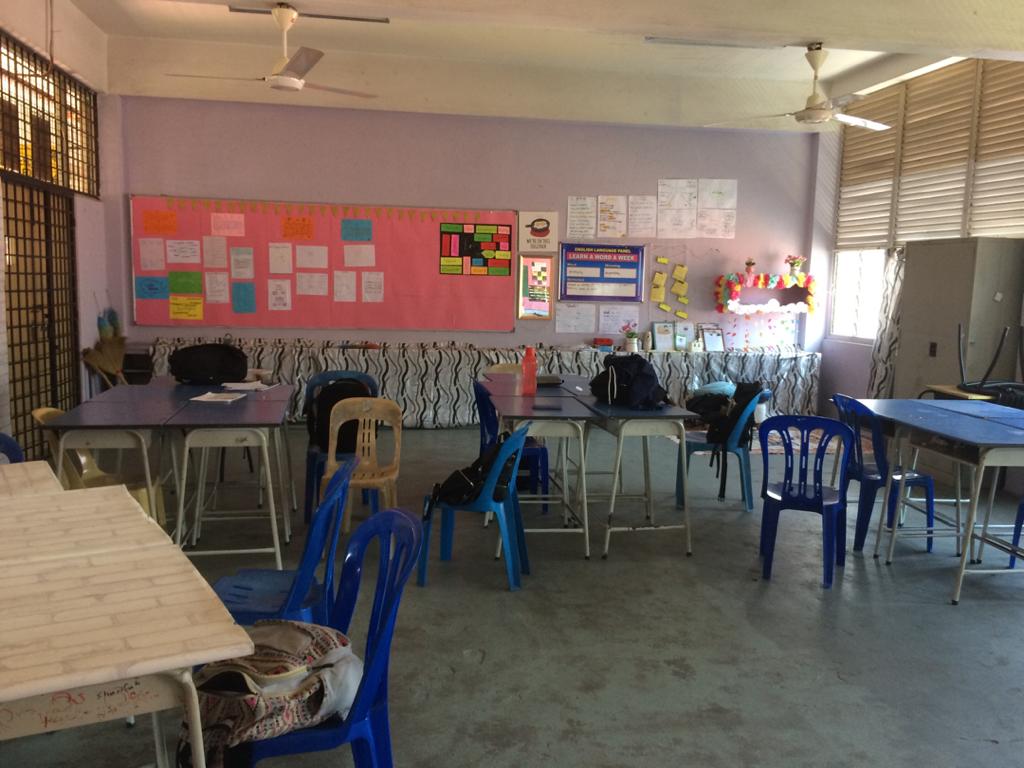KUALA LUMPUR, Dec 18 — Implementing Covid-19 standard operating procedures (SOPs) in schools is not as easy as it looks on paper, say teachers in the Klang Valley.
CodeBlue recently spoke to a few teachers from primary and secondary government schools on the compliance of SOPs among students and teachers, when schools nationwide were open before their closure since November 9.
All of them, who remained anonymous, agreed that SOPs provided by the Ministry of Education and the state education department are perfect on paper, but impossible to comply with entirely.
“We will record the students’ body temperature before they enter the school premises. However, wearing face masks is not compulsory for students,” a secondary school teacher in Petaling Jaya, Selangor, told CodeBlue.
It is to be noted that Senior Defence Minister Ismail Sabri Yaakob announced in July that school students do not need to wear face masks in school premises. School administration was just required to provide masks for students and teachers who show symptoms.
The UK government previously announced last month that school students in England aged 11 and above must wear face masks in school premises, including corridors, outside of classrooms, and other areas where social distancing cannot be maintained.
“It is not easy for the teachers and students to wear masks throughout the school hours. The students, especially in primary schools, tend to become restless by wearing masks for longer hours,” a teacher from a primary school in Brickfields, Kuala Lumpur, told CodeBlue.
Malaysia has reported over 20,000 Covid-19 cases in just the past two weeks from December 4 to December 17, with a daily average of about 1,431 infections.
With schools nationwide reopening when the school term begins on January 20 next year, it is unclear how the government plans to help school administrators and teachers in keeping schools safe, while ensuring continuation of children’s education. Students have already lost most of the 2020 school year; any further disruptions in 2021 — amid a surging epidemic — may seriously harm Malaysian children’s learning progress.
Health director-general Dr Noor Hisham Abdullah previously stated that a total of 1,257 students have been detected with Covid-19 from September 20 until October 21, when the country was facing a third wave of the epidemic.
Of that, 46.7 per cent or 587 students were from primary school, aged 7 to 12 years, whereas 670 or 53.3 per cent were secondary school students between the ages of 13 and 18.
According to Dr Noor Hisham, a total of 830 primary school students and 1,315 secondary school students were infected with Covid-19 between February and October 21. In fact, the country witnessed the death of a 14-year-old boy, who was infected with Covid-19, on September 4.

“It is not about the particular infected student and the school only. Many of my students from Pantai Dalam who travel by public bus to various schools around Petaling Jaya and Kuala Lumpur are at the risk of spreading or getting exposed to the Covid-19 virus,” the teacher from a primary school in Brickfields said.
“It is difficult to control their movement outside the school.”
Another teacher from a secondary school in Puchong, Selangor, also mentioned that the schools’ infrastructure and limited workforce is a huge hurdle against practicing social distance in schools.
“We have students who sit for public examination next year. We must conduct experiments in science labs in schools. But, with a fewer set of apparatus, all the students won’t be able to try the experiments.
“In such cases, I have no option but to ask them to work in groups,” the teacher said.
Malaysia imposed a strict nationwide lockdown for seven weeks from March 18 to May 3 in response to the Covid-19 pandemic. Starting from May 4, the country implemented the Conditional Movement Control Order (CMCO) and ended it on June 9. The Recovery Movement Control Order began on June 10, but the CMCO returned to the Klang Valley on October 14.
During the MCO period, all schools were directed to close and not to operate. Schools were allowed to re-operate in phases during the RMCO period. On June 24, schools opened for students sitting for public examinations, followed by July 15 for Form One to Form Four students and remove class (transition year) students, as well as Year Five and Six pupils. On July 22, schools reopened for Year One to Year Four students.
Schools were shuttered less than four months later from November 9.
“We can’t do much the moment the kids step out of the schools. We’ll make announcements in schools three times everyday to remind the students to comply with SOPs. But it is also necessary for them to be taught the severity of the illness because they are playful kids,” a teacher from a primary school in Klang, Selangor, told CodeBlue.
“We are all stressed in schools because all of us are putting not only lives, but our family members and kids’ safety at home also at stake,” the teacher added.
“Although it is good to close the schools, on the other hand, students from rural areas are particularly completely left out from the daily classes that are being conducted online.”
“As a teacher, I am clueless to find an optimistic solution which can favour all parties.”
Anonymous teacher from a primary school in Klang
In the United States, the Centers for Disease Control and Prevention stated that schools will work together with state and local health officials to implement tailored safety measures according to the needs of each community there. Schools also will have to revise the strategies constantly based on the virus transmission in a particular area.








